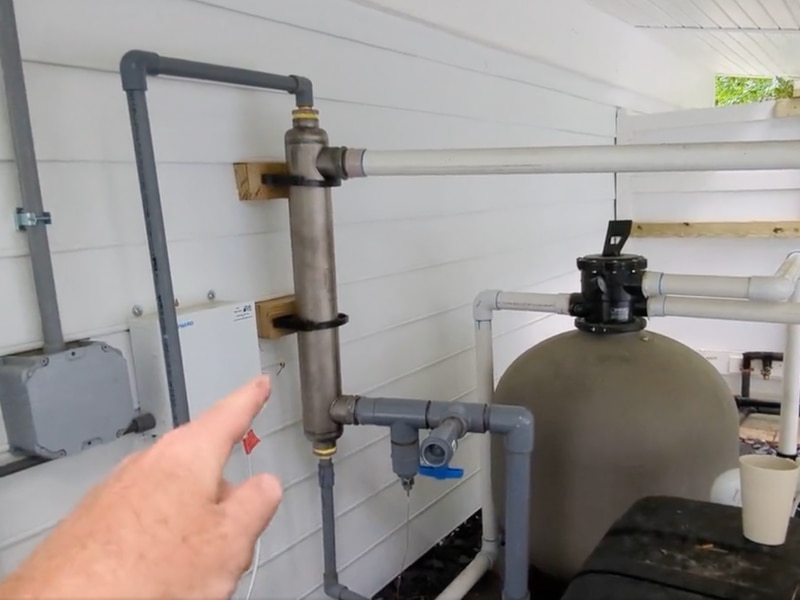Polygon Emerges as Suitor for Celo’s New Layer-2 Blockchain, Competing With OP Stack
As the Celo blockchain prepares to migrate into a layer 2 network on Ethereum, there’s suddenly competition to provide technology to the project.
Sandeep Nailwal, co-founder of Polygon Labs, submitted a proposal to the Celo community on Wednesday, pitching that the blockchain make use of Polygon’s Chain Development Kit – a codebase that developers can use to create their own customizable layer-2 chains powered by zero-knowledge technology.
Celo, which announced the migration plan in July, had originally signaled plans to rely on Optimism’s OP Stack, a similar customizable kit that makes use of Optimism’s “optimistic” technology. Coinbase’s new Base blockchain is built on the OP Stack, a so-far successful launch that has helped to position the Optimism tech as a top contender in the arena.
Celo may be inclined to consider the Polygon proposal as well as potentially other project teams that might float their own competing offers: “Frankly, would not be surprised to see other stacks chime in too,” a person close to the Celo ecosystem told CoinDesk.
“Looking forward to having us discuss this here in more detail with cLabs team and the broader community!” Celo co-founder Rene Reinsberg wrote in response to Nailwal’s proposal.
Ethereum scaling
What’s at stake is the race for a first-mover or leading position among teams competing to provide the dominant technology for Ethereum’s rapidly growing world of interconnected layer-2 networks – pitched by none other than Ethereum co-founder Vitalik Buterin as the primary strategy for making transactions cheaper and faster across the overall ecosystem.
So landing Celo, which currently runs its own standalone blockchain but has plans to migrate into an Ethereum layer-2 network, could represent a coup for whichever layer-2 project team wins the mandate – not just in revenue potential but bragging rights.
Layer 2 blockchains have been battling it out over the past few months to get projects to make use of their blockchain kits, releasing free tools for developers to clone their codebases to create their own customizable blockchains.
Most visibly, cryptocurrency exchange Coinbase tapped Optimism’s OP Stack to roll out its Base layer 2 network last month. Other layer 2s like Polygon, Starkware, zkSync, and Arbitrum have all come out with their own versions of customizable blockchain kits (or as we like to call them, blockchains in a box.)
Blockchain experts have long signaled that the zero-knowledge or ZK technology might be superior to that of optimistic technology, but the folks at Optimism’s OP Labs have shared that they don’t see any threat from ZK stacks overtaking their product.
OP Labs did not respond to CoinDesk’s request for comment in time for publication.
Lyllah Ledesma contributed reporting to this story.









